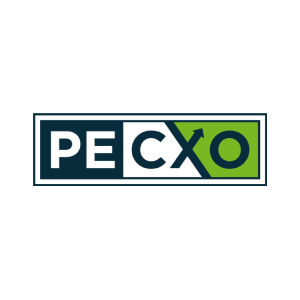- In a typical LBO transaction, a PE firm buys an existing company with debt (leverage) as the primary source of financing. The debt portion of an LBO may range from 50-85% of the purchase price and varies according to the condition of the target company, market fluctuations and credit availability.
- Successful LBO strategies consist of making operational improvements, maximizing revenue growth, paying down debt, and selling the target company for a profit.
- While the reasons for a leveraged buyout vary, from converting a publicly-traded company into a private one to spinning off a portion of an existing business, LBOs are attractive propositions given the ability to generate significant returns.
What is a Leveraged Buyout (LBO)?
A leveraged buyout, or the acquisition of another company by way of debt, is an investment strategy believed to date back to the late 1950s. In an effort to generate high returns, LBO transaction strategies are comprised of the following key drivers – de-levering, optimizing operations as well as buying low and selling high.
With assets and cash flows of the acquired company used as equity to pay down debt, the company’s assets become collateral for the loan. At its core, overall return for the sponsor is determined by growth in operating profit and a viable exit option. Given the robust amount of opportunities for middle market sponsors, the LBO Analysis is a necessary tool for PE investors.
The PE-CXO LBO Analysis Tool
In a LBO transaction, investors assess the viability of target companies in several ways. While we have seen investors generally aim for a minimum internal rate of return (IRR) of as low as 15% and sometimes exceeding 30%, investors also look for specific traits — including companies in established industries with stable cash flow, low fixed costs, minimal existing debt, and strong management teams. To this end, some companies make better LBO targets than others, underscoring the importance of financial modeling.
At a high level, the LBO model calculates returns as determined by the growth over the life of the company, exit multiple on EBIT/EBITDA and the amount of debt paid off. It helps to determine returns and valuation in a leveraged buyout and addresses the following:
- How will the acquisition be financed?
- What is the free cash flow? Note: Given that cash flow is used as collateral to pay down existing debt, the ability to forecast as accurately as possible is key. To understand cash flow, you may also refer to the <...
